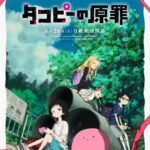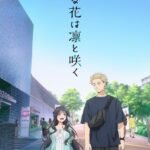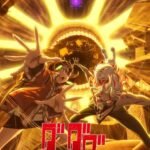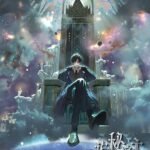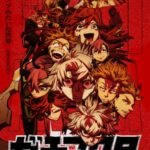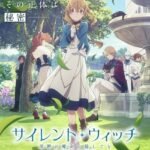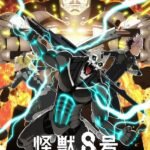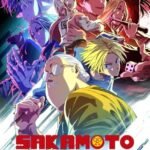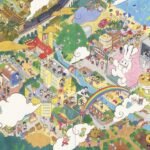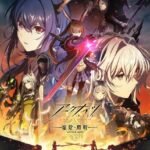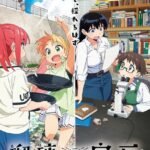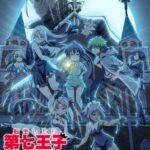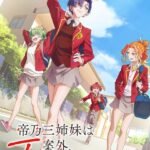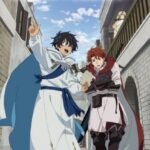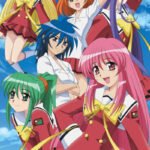Tonari no Tokoro
となりのトコロ
| Genres: Comedy | |
| Studios: Pastel | |
| Producers: OB Planning | |
| Rank: #15433 | |
| Popularity: #18465 | |
| Users Listed: 430 | |
| Users Scored: 103 | |
| NSFW: No | |
| Last Updated: 02/25/2021 | |
| Aired: May 25, 1990 (Spring) | |
| Type: ova | |
| Source: original | |
| Age Rating: G | |
| Episodes: 1 |
Synopsis:
Set against the backdrop of a quiet, modern Japanese city, this series explores the subtle anxieties and unexpected connections found in everyday life. The narrative centers around a group of individuals navigating the complexities of work, relationships, and personal aspirations. Each character grapples with their own sense of purpose while subtly influencing the lives of those around them.
The anime adopts a gentle pace, prioritizing character development and nuanced storytelling over high-octane action. A pervasive atmosphere of understated melancholy blends with moments of quiet humor, reflecting the bittersweet nature of modern existence. It invites viewers to contemplate the small moments that define our days and the often unspoken bonds that tie us together. The series draws heavily from relatable human experiences, offering a thoughtful and introspective viewing experience.
You May Also Like:
Staff:
- Okuno, Toshiaki (Producer)
- Mizutani, Takaya (Director)
- Tokoro, George (Theme Song Performance, Theme Song Lyrics, Theme Song Composition, Executive Producer, Planning, Character Design)
- Kanemura, Katsuyoshi (Art Director)
Reviews:
-
User Kamezuki (Score: 5/10):
“Tonari no Tokoro” is a 1-episode comedy/parody OVA by famous comedian George Tokoro that shows his take on a variety of classic fairy tales (in the style of “Fractured Fairy Tales”). It’s creative and well-written as a whole, but some of the humor is dated and crude, with jokes involving topics that aren’t funny, such as animal abuse. The OVA, whose title is a reference to the Ghibli movie, starts with a 20th Century Fox logo sequence, and then a spotlight is shown on a surprised Tokoro, who comments that it’s not supposed to start yet, so he has it go through the whole sequence again.This time, he’s ready, and he begins with a monologue, telling the audience that they wasted their money buying this video — but that that’s a good thing because Japanese people need to learn to waste money more. In fact, he says, they should go one step further and throw their money in a ditch — as long as they contact him with info about where they threw it away!nnAfter moving to a studio set, he’s joined by a silent cat named Dadeo (apparently Tokoro actually owned a cat named Dadeo, and it became a mascot of sorts). After some banter with the non-speaking cat and some technical difficulties, he rolls the first tape.nnThe three stories shown are (1) a combination of Urashima Taro and Cinderella; (2) a combination of Momotaro, Princess Kaguya and Kintaro; and (3) Little Red Riding Hood. As stated above, these are all done in the style of “Fractured Fairy Tales,” in which modern twists are put into the stories for comedic effect. Tokoro interjects often, telling characters they need to redo scenes, getting into arguments with them or even appearing in the stories himself. nnI think the fairy tales are well done. The twists are surprising, but they make sense from a narrative standpoint and don’t come out of thin air. The ones that integrate multiple fairy tales are written convincingly. I feel like there are a few pop culture references here and there that are easy to miss, but as long as you're familiar with the original fairy tales (and can understand Japanese), you'll be able to understand what's going on.nnMy main issue with this OVA is the amount of objectionable content in each story. The first and third stories feature animal abuse, and killing an innocent animal is the punchline of a joke in both of these. We also frequently see animals (and humans) smoking, scenes of attempted murder (although they’re cartoonish in nature), a character with a fetish who enjoys being stepped on, and a hostess club. There’s also a fair amount of sexism, and a naked boy. In general, most of the characters act mean to each other for no real reason (I guess it’s supposed to be funny). nnThe animation is pretty fluid, but the art is crude, especially in the last story, where most of the characters are essentially stick figures. (Maybe they had…
